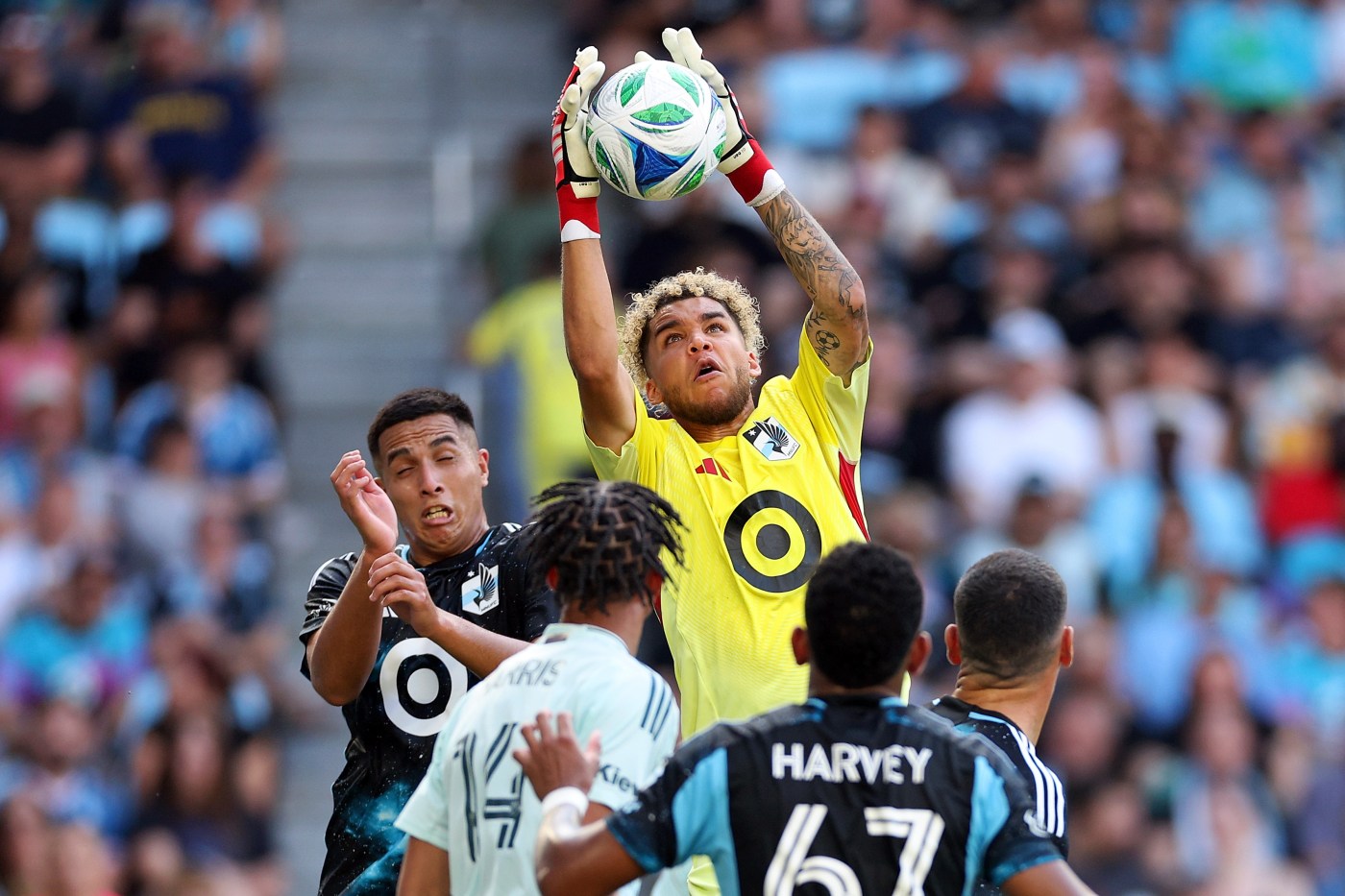**T-Mobile Just Ended Jump! On Demand, Its Fan-Favorite Upgrade Plan. What’s Left for Users Who Hate 3-Year Plans?**
*This article may contain personal views and opinions from the author.*
—
T-Mobile is officially sunsetting its flexible **Jump! On Demand** (JOD) program, leaving frequent upgraders in the lurch. With true carrier leasing options now effectively extinct, we explore the few alternatives that remain for tech enthusiasts eager to stay on the cutting edge without being tied down to long-term plans.
### What Happened to Jump! On Demand?
For years, T-Mobile’s Jump! On Demand was a unique gem for smartphone enthusiasts. Unlike standard financing plans, it was a true leasing program that stood out in a market increasingly dominated by lengthy contracts.
Its core appeal was simple: **flexibility**. JOD allowed customers to upgrade their smartphone as often as once every 30 days. You paid a monthly lease payment, and when a new, shiny device caught your eye, you could simply walk into a store, trade in your current phone, and start a new lease.
This made JOD the perfect program for tech journalists, developers, and enthusiasts who wanted to try the latest hardware—be it an iPhone, a Galaxy Fold, or a Pixel—without being locked in for years.
Now, that era is over.
As previously reported, T-Mobile is ending this beloved program for good. Existing JOD customers are reportedly being transitioned to T-Mobile’s standard **36-month Equipment Installment Plans (EIPs)**. The so-called “parting gift” reportedly includes a small, one-time bill credit (around $25 for some) or a final payoff offer on their leased device.
It’s a minor gesture that does little to soften the blow of losing the most flexible upgrade program in the US. This move solidifies the industry’s complete pivot away from consumer-friendly leasing toward carrier-friendly long-term financing.
### Why the End of JOD Leaves a Huge Gap
The demise of JOD is more than just the removal of a single carrier feature—it signals the end of an era for consumer choice.
The US carrier market—T-Mobile, AT&T, and Verizon—has now fully embraced the 36-month financing plan as its default. This model is fantastic for carriers because it locks customers in for three years, dramatically reducing churn and guaranteeing a steady, predictable payment stream. It also allows carriers to advertise flagship phones with deceptively low monthly payments.
For consumers, the “good” is a lower monthly payment. The “bad” is almost everything else.
You are locked into a three-year loan for a device that is often considered outdated after two years. By the end of the 36-month term, that phone is likely three generations behind, has a significantly degraded battery, and may have stopped receiving crucial OS and security updates. Yet, you’re still paying for a device that the market considers to have little value.
### JOD Was the Antidote
JOD treated smartphones as what they really are for many enthusiasts: a rapidly depreciating piece of technology that you *use* rather than *own* until it becomes obsolete.
With JOD gone, where do serial upgraders turn?
### Other Carrier Options Fall Short
The other carriers offer little comfort.
– **AT&T** has its *Next Up* program, which charges an add-on fee (typically $6/month) just for the privilege of upgrading—once you’ve paid off **50%** of your device (i.e., after 18 months on a 36-month plan).
– **Verizon** similarly requires you to have paid 50% of your device before you can upgrade early.
These are not leases; they’re financing plans with added early exit clauses. They lack the spontaneity and value that JOD provided.
### The Focus Shifts to Manufacturers
This situation pushes the focus away from carriers and onto the manufacturers themselves. Thankfully, some have stepped in to fill the void—at least partially.
—
### The Best Remaining Upgrade-Focused Programs
With carrier options dried up, enthusiasts must now look directly to the source. Here are the best leasing-like options left:
– **Apple iPhone Upgrade Program**
This is now the undisputed gold standard for upgrade flexibility, but it’s exclusively for iPhones. It’s a 24-month loan that bundles the phone and AppleCare+. The key feature: you are eligible to upgrade to a new iPhone after just 12 payments, provided you trade in your current device. It’s a clean, predictable, annual upgrade cycle managed directly by Apple.
– **Samsung Upgrade Program**
Samsung offers a similar program for its Galaxy devices. You finance your phone over 24 months and have the option to upgrade after 12 months, provided your phone is in good condition. This remains the best and only real option for high-end Android fans seeking an annual upgrade cadence.
– **Google (and Everyone Else)**
Unfortunately, this is where the options fall flat. Google’s previous *Pixel Pass* program bundled a phone, protection, and services but has been discontinued. The Google Store now offers standard 24-month financing (often through third parties like Synchrony Bank), but there’s no structured “Pixel Upgrade Program” comparable to Apple or Samsung. Upgraders are simply expected to trade in their old devices for their depreciated value—a far cry from a true upgrade program.
—
### Which Works Best for You?
– Upgrade programs like JOD
– 36-month financing programs
– Neither—I buy my phones outright and unlocked
In a recent poll, 100% of respondents said they prefer upgrade programs like JOD over 36-month financing or buying phones outright.
—
### The 36-Month “Trap” Has Been Sprung
From my perspective, the end of Jump! On Demand is a significant and disappointing loss for consumer choice. It was the last vestige of carrier-level flexibility—a program that acknowledged that not everyone wants to “own” a phone for three full years.
The industry-wide pivot to 36-month EIPs feels decidedly anti-consumer, even as it’s marketed as “more affordable.”
**Who are these 36-month plans for?**
– Consumers purely sensitive to monthly payment amounts who don’t mind using a phone “until the wheels fall off.”
– People who see a phone as a simple appliance, not a piece of enthusiast technology.
T-Mobile’s decision, while understandable from a business perspective (JOD was likely complex and expensive to manage), drives the final nail into the coffin of carrier-based flexibility.
The future of frequent upgrades now lies squarely with Apple and Samsung, leaving fans of other great brands like Google, OnePlus, or Motorola out in the cold.
—
### Coming Soon: *Iconic Phones*
Relive the most iconic and unforgettable phones from the past 20 years!
*Iconic Phones* is a stunningly illustrated book we’ve been crafting for over a year—and it’s set to launch this Fall! Featuring stories of more than 20 beloved devices, it takes you on a nostalgic journey through the mobile revolution that transformed our world.
Don’t miss out—sign up today to lock in your early-bird discount!
[Learn More and Sign Up for Early Bird Discounts Here]
—
*We may earn a commission if you make a purchase.*
—
**Follow us on Google News for the latest updates and editorials.**
https://www.phonearena.com/news/with-t-mobiles-jump-on-demand-gone-what-are-your-options-for-flexible-phone-upgrade-plans_id174973


